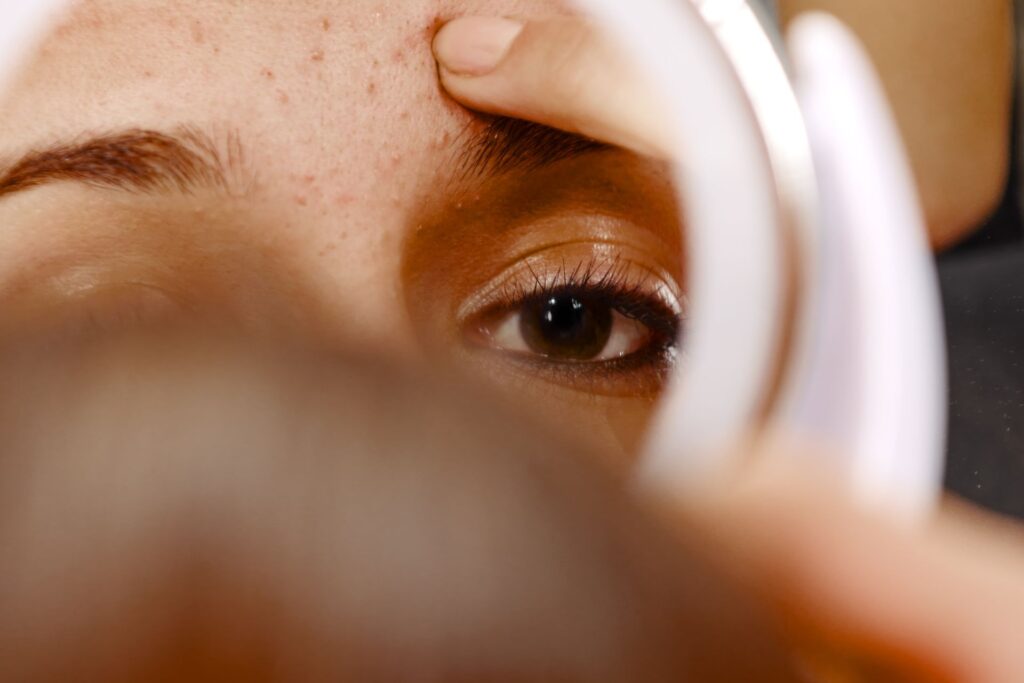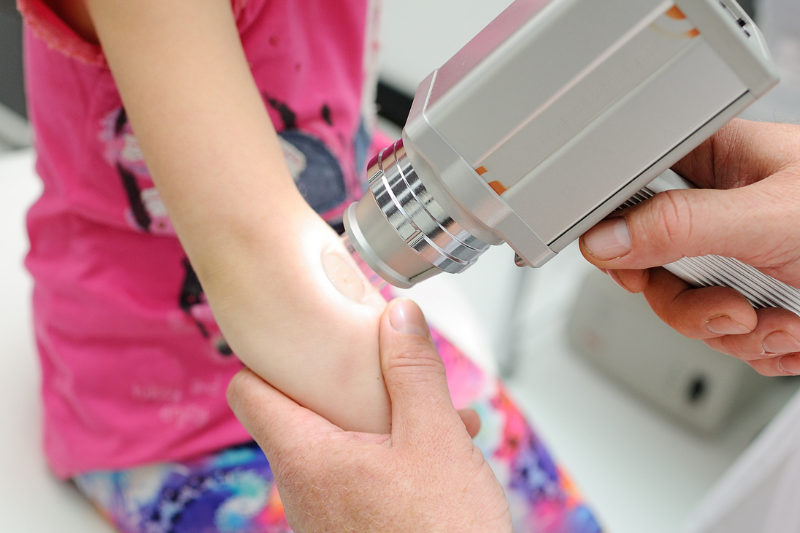MELANOMA
Melanoma accounts for the majority of skin cancer deaths,(1200 out of 1600 deaths each year in Australia) but fortunately it is the rarest of the common skin cancers. It is nearly always curable if diagnosed early.

Melanoma does not always develop from a pre-existing mole. In fact this occurs only 50% of the time.
You must be on the look out for change in a mole, but also be highly suspicious of any newly appearing spot on your skin, especially if it is dark in colour and seems to stand out from surrounding skin spots.
Melanoma can occur at any age, though is very rare prior to puberty.
Melanoma does have a strong genetic tendency, so family history is important. Indeed some families are extremely prone. It is not restricted to the maximally sun exposed areas and sometimes it occurs in areas that have never seen the sun.
What should I look out for?
Melanoma should be suspected in the following situations:
- Sudden or recent change in a mole
- The recent appearance of a new dark spot or “freckle”, especially if it is enlarging and looks different to nearby spots.
- The recent appearance of a spot of any colour for which there is no other explanation, especially if it is continuing to grow.
ABCDEFG of Melanoma detection:
- A- Assymmetry in appearance
- B-Irregular border
- C-Irregular colour
- D- Duckling (Ugly) - the odd man out OR D- Diameter greater than 10 mm
- E-Evolution or change with time
- F-Firmness
- G-Growth over time

DIAGNOSIS
TREATMENT
SCREENING
DIAGNOSIS
Melanoma is diagnosed with a skin biopsy and pathologists subsequent microscopic examination. The use of a dermoscope which utilises magnification and illumination in order to “see” into the skin can be extremely useful, especially in situations where an individual has large numbers of unusual looking moles (as in Dysplastic Nevus Syndrome) where it is clearly impossible to biopsy all spots.
TREATMENT
Treatment always involves surgery, but the degree of surgery required varies according to the melanoma in question. In general though, early melanomas do not require radical surgery.
Early melanomas do not generally require any further treatment or investigative work up. Patients with a more advanced melanoma will frequently require further tests to see if the melanoma has spread beyond the skin and may well require additional surgery, radiotherapy ore chemotherapy.
Remember, virtually all melanomas diagnosed early will be cured, and that delay in diagnosis is the major reason why melanomas become more advanced. Very advanced melanomas are rarely curable.
Remember, virtually all melanomas diagnosed early will be cured, and that delay in diagnosis is the major reason why melanomas become more advanced. Very advanced melanomas are rarely curable.
SCREENING
Skin screening offers an excellent method of keeping track of existing moles appearance and numbers and will pick up new moles and changes in moles. This is especially important in people who are genetically at risk and who have large numbers of unusual looking moles.
